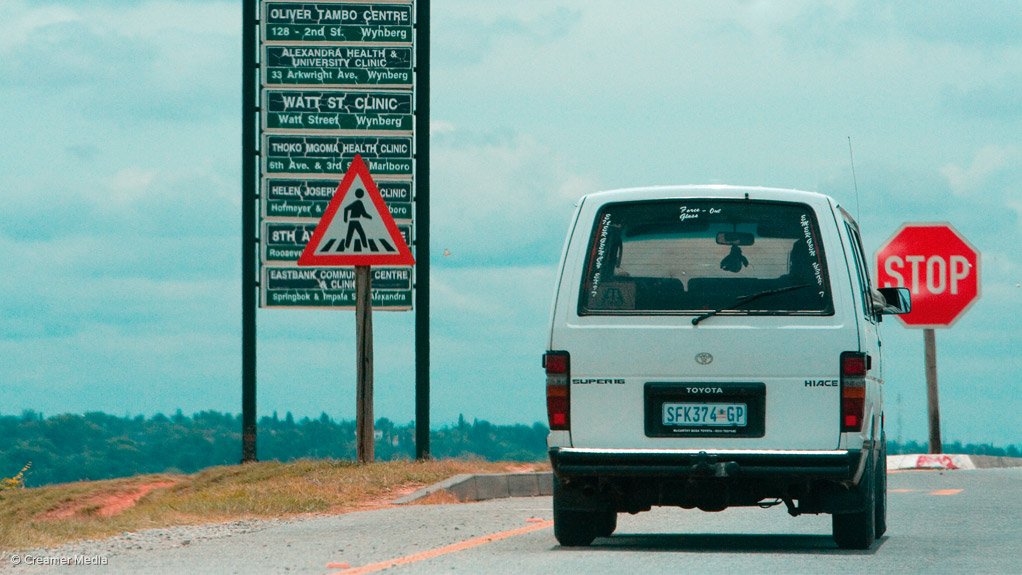First approved by Cabinet in 1999, the taxi recapitalisation programme (TRP) would come to an end in September, said Deputy Transport Minister Sindisiwe Chikunga on Monday.
The TRP aimed to replace South Africa's minibus taxi fleet with new vehicles, adhering to stricter safety standards. The programme allowed for a scrapping allowance to be paid to assist taxi operators in buying replacement vehicles.
However, today, in 2013, many older taxis without the new safety features, such as seat belts for every passenger, still operated on South Africa’s roads.
Apart from the scrapping allowance, taxi operators did not receive subsidies from government, while other public transport modes, such as Metrorail, the Gautrain, as well as bus companies, all received financial assistance.
Speaking to Engineering News Online following her keynote address at the Southern African Transport Conference, held in Pretoria, Chikunga said the Department of Transport (DoT) was “assessing different options as a way forward” for the programme.
“We are reviewing and evaluating the process. Our view is now that we should possibly give a subsidy that would benefit the [taxi] commuter. This could be the best way to go. We’ll make an announcement as soon as we have finished this evaluation.”
Chikunga noted that a commuter-based subsidy could be similar to the one given to bus operator Putco, where the company was provided funding according to the number of passengers it transported on a specific bus route.
She emphasised, however, the process was still in an exploratory phase.
Looking back at the long-running, often controversial TRP, Chikunga said the DoT had “learned many lessons”, but that it “did not regret implementing the programme. It gave us the opportunity to learn”.
The minibus taxi is the main public transport mode in South Africa, ferrying around 65% of commuters.
EMAIL THIS ARTICLE SAVE THIS ARTICLE
To subscribe email subscriptions@creamermedia.co.za or click here
To advertise email advertising@creamermedia.co.za or click here











